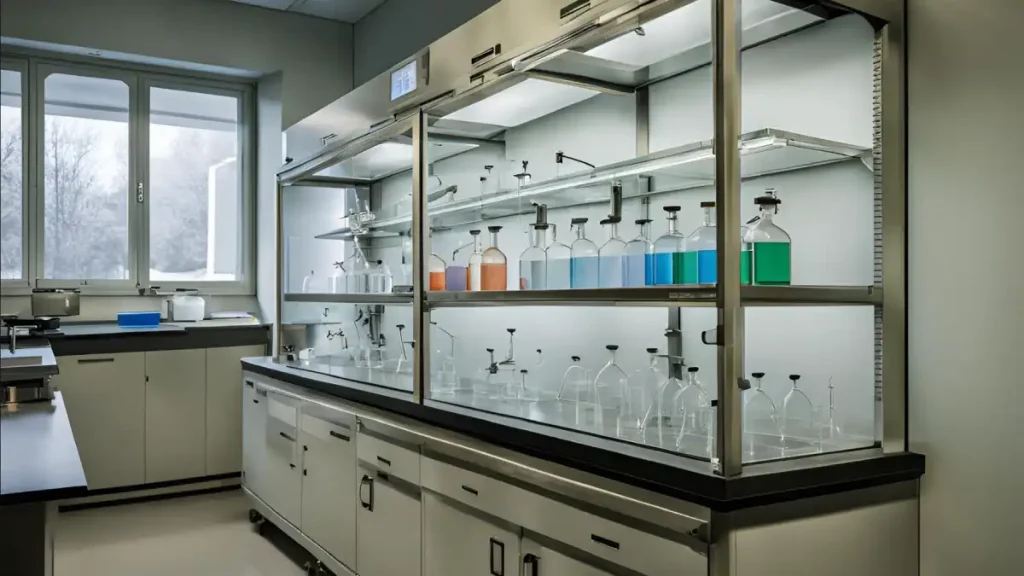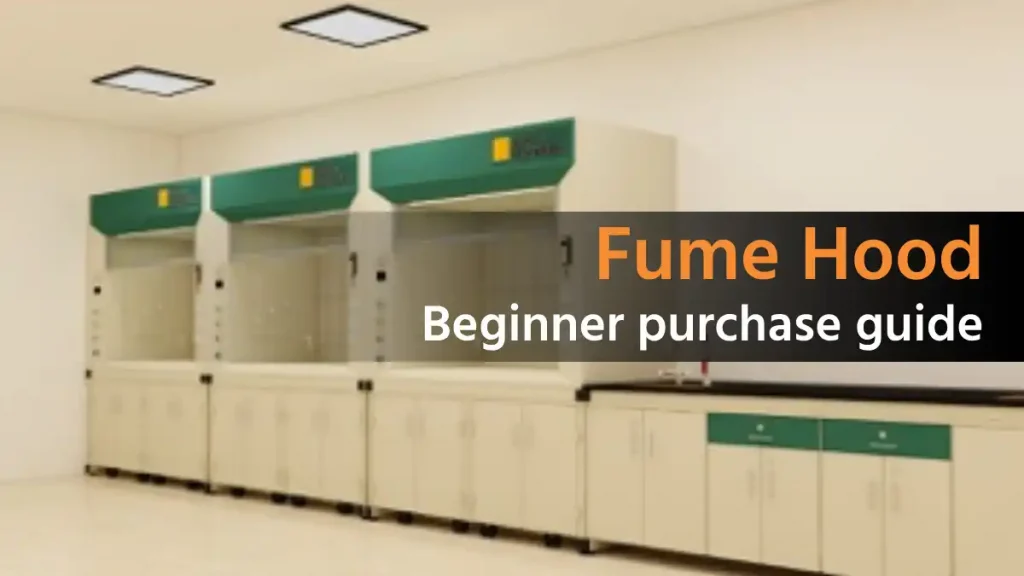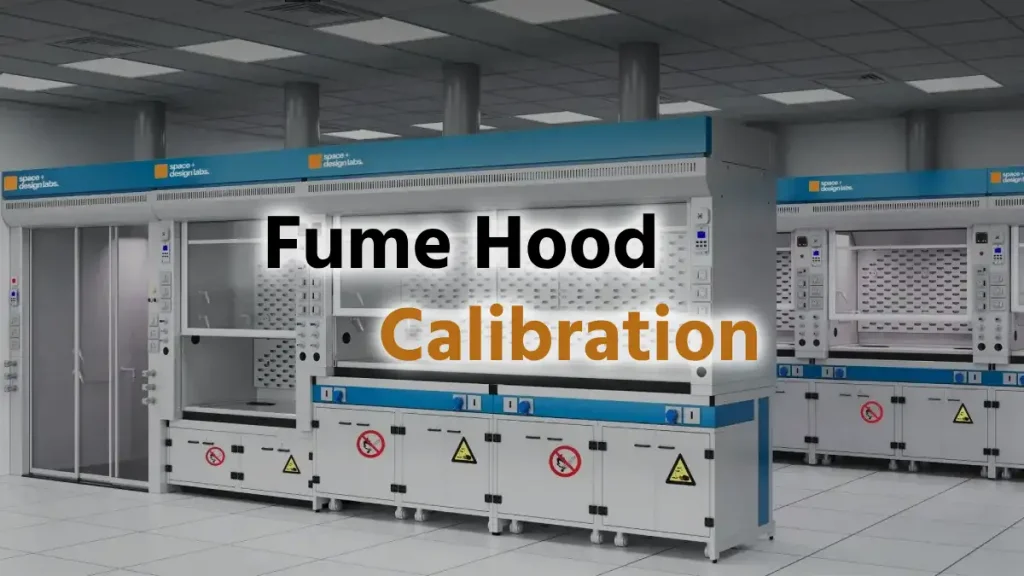A fume hood serves as both an indispensable facilitator and a critical safety apparatus in a chemistry laboratory. While Fume Hood in a Chemistry Laboratory functional utility is widely recognized, its paramount role in safeguarding user health necessitates a thorough understanding, given its direct link to user well-being.
Laboratory experiments inherently involve interactions with various chemicals, some of which may surreptitiously find their way into the human body. This uninvited intrusion can result in adverse health effects of varying intensity. Even the potent aroma of certain substances can render an otherwise healthy individual significantly unwell.
Why Is a Fume Hood Important in Chemistry Labs?
A fume hood isn’t just another piece of lab equipment—it’s a lifesaving barrier. Designed to contain and expel hazardous substances, it ensures that you can conduct experiments safely without exposing yourself or others to toxic fumes.
Here are some compelling statistics to underline its importance:
- Reduced Risk of Exposure: Fume hoods can reduce exposure to harmful substances by up to 90%, according to safety studies.
- Accident Prevention: Laboratories with properly maintained fume hoods report 50% fewer chemical exposure incidents.
Inhalation is the predominant pathway through which hazardous chemicals invade the human system. Vapors and fumes, once inhaled, can bypass natural defenses and enter the bloodstream unimpeded. Additionally, minute particles may embed themselves within the alveolar region of the lungs, posing a substantial risk. A well-engineered and properly installed fume hood mitigates these dangers by minimizing exposure to harmful gases, vapors, fumes, particulates, and noxious odors.
The operational mechanism of a fume hood is elegantly straightforward yet effective. It encapsulates hazardous airborne substances, dilutes them with a substantial volume of air, channels them through an exhaust system, and expels them safely outside the laboratory premises. Beyond shielding users from airborne threats, a fume hood acts as a bulwark against inadvertent spills, splatters, flames, and minor detonations, thereby fostering a secure and stable work environment.
Fume hoods come in various configurations to accommodate diverse experimental needs. A benchtop fume hood is ideal for setups at standard working heights, whereas a low-bench variant caters to taller experimental arrangements. For significantly larger setups, walk-in fume hoods provide ample space, allowing equipment to be easily wheeled in and out. Ducted fume hoods vent contaminated air out of the building, whereas ductless (recirculating) models employ specialized filters—such as chemically treated activated carbon—to purify the air before re-releasing it into the laboratory. These filters must be carefully matched to specific hazards to ensure effective operation.
Certain chemicals demand uniquely designed fume hoods. For instance, radioactive materials require customized hoods, while perchloric acid, due to its highly flammable nature, necessitates specialized configurations. Likewise, concentrated acids like hydrofluoric acid, aqua regia, and nitric acid call for fume hoods constructed from robust materials such as polypropylene to withstand their corrosive properties.
For added functionality, some fume hoods integrate ventilated chemical storage cabinets beneath the work surface, leveraging the same exhaust system. Additionally, modern fume hoods often feature utilities such as gas outlets, water connections, coolant lines, electrical access points, and mounting options for essential accessories, simplifying experimental workflows. Advanced models are equipped to accommodate sophisticated instrumentation, enabling precise data logging and event tracking for enhanced experimental accuracy and reproducibility.
Contemporary fume hoods boast cutting-edge monitoring systems with real-time alarms to indicate safe or unsafe operating conditions. These advanced units can seamlessly interface with laboratory air quality control systems to optimize performance, enhance safety, and reduce energy consumption. Their energy-efficient design also contributes to significant savings in air conditioning costs. As the technology evolves, these innovations continue to elevate the safety, efficiency, and comfort of modern laboratories.
Despite their numerous advantages, fume hoods have limitations that users must grasp thoroughly. Analogous to human lungs, they act as the respiratory safeguard of the laboratory, ensuring safety and operational efficacy. Users are obligated to adhere strictly to established standard operating procedures (SOPs) and best practices to maintain their functionality.
Routine technical audits and periodic user training sessions are essential to ensure the longevity and effectiveness of fume hoods. Proper maintenance and vigilant oversight are imperative, as these safeguards stand as an unyielding sentinel, dedicated to preserving the safety and well-being of laboratory personnel.
Conclusion
A fume hood is more than a piece of equipment—it’s a lifeline in any chemistry laboratory. By understanding its purpose, learning how to use it correctly, and maintaining it regularly, you can minimize risks, maximize efficiency, and ensure a safe working environment.
Safety isn’t just a protocol; it’s a commitment. So the next time you step into a lab, take a moment to appreciate the quiet yet essential protection a fume hood provides.
Frequently Asked Questions About Fume Hoods
What is the primary purpose of a fume hood in a chemistry lab?
The primary purpose of a fume hood is to reduce user exposure to hazardous gases, fumes, vapors, dust, and odors by confining and safely venting them out of the lab, ensuring user safety and maintaining a healthy environment.
How does a fume hood protect users from chemical exposure?
A fume hood protects users by drawing hazardous airborne materials through an exhaust system, diluting them with air, and venting them outside the lab. It also prevents inhalation of chemicals, which is the main route of entry into the body.
What are the differences between ducted and ductless fume hoods?
Ducted fume hoods expel contaminated air outside the building, while ductless fume hoods filter the air using activated carbon or chemically treated filters and recirculate it back into the lab. Ductless hoods require specific filters for targeted hazards.
What special features do modern fume hoods offer?
Modern fume hoods include chemical storage cabinets, integrated utilities (e.g., gases, water, electrical connections), sophisticated controls for experiments, real-time safety monitors with alarms, and connectivity with lab air quality systems for improved safety and energy efficiency.
Why is regular maintenance and training important for fume hood users?
Regular maintenance and user training are crucial to ensure the fume hood functions effectively, remains safe to use, and complies with recommended SOPs. Technical audits and training help users understand limitations and proper usage to maximize safety.

I’m Arun Kumar Pathak, a professional with 18 years of experience in Quality and Operations management. I hold M.Com, M.A., and PGDIBO degrees. After working with companies like Reliance, GATI, and Vectus, I transitioned to the laboratory field 4 years ago. Currently, I’m the Operations Manager at Space Plus Design Labs Pvt. Ltd., where I collaborate with design and manufacturing teams to manage the production of laboratory furniture, Fume Hoods, and scientific equipment. Also I love to share my experience to create content, that’s way here sharing blog articles.



